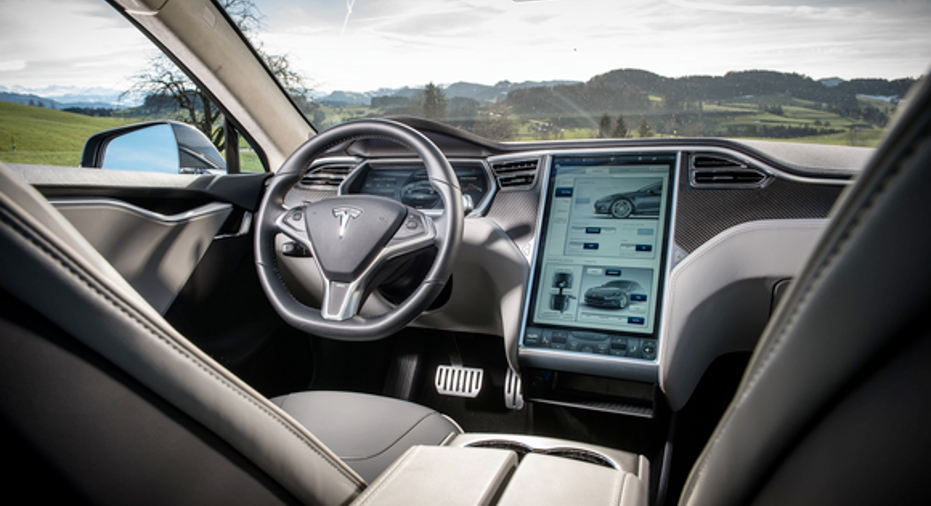Tesla Motors, Inc.'s Higher-Priced Autopilot to Test Pricing Power

Last week, electric-car maker Tesla Motors (NASDAQ: TSLA) surprisingly increased the price for its Autopilot convenience features -- the company's assisted driving technology and its "summon" features. While the meaningfully higher price will test the auto company's pricing power with customers, the price hike is unlikely to encounter much resistance.
Autopilot. Image source: Tesla Motors.
The price increase
Tesla owners will now have to fork out $3,000 before their vehicles are delivered, or $3,500 after delivery, to enable Tesla's full Autopilot abilities. This is up from $2,500 and $3,000 before and after delivery, respectively.
Tesla's Autopilot convenience features have evolved over time. Since its initial release, Tesla has essentially followed through on all of the features it initially promised when Tesla began including Autopilot cameras and sensors in its vehicles in late 2014. Key Autopilot convenience features include automatic steering, lane changes, parking, adaptive cruise control, and the ability to "summon" a Tesla in and out of parking spaces without a driver in the vehicle.
Safety Autopilot features come standard with every Tesla vehicle. These include side collision avoidance and automatic emergency braking (even at highway speeds).
An autopilot price increase comes shortly after Tesla CEO Elon Musk teased an upcoming update for Autopilot, which will include material improvements, and should be very noticeable, Musk said during the company's press call for its recent announcement of a larger battery option for Model S and X. This update for Autopilot, which Musk referred to as version 8, is going through its final reviews right now, the CEO said.
A significant lead
How might customers respond to a price increase for Autopilot? There's good reason to believe a higher price could have little -- if any -- negative impact on the company's ability to convince new and existing owners to upgrade to Autopilot. This is mainly because Tesla has a significant lead over any driver-assist technology available in production vehicles from other auto manufacturers. This lead helps justify a price increase.
Tesla Model S. Image source: Tesla Motors.
Consider a 2016 head-to-head Car and Driver comparison of Model S's Autopilot to the driver-assist systems from Nissan's 2015 Infiniti Q50S, Daimler's (NASDAQOTH: DDAIF) 2015 Mercedes-Benz S65 AMG, and BMW's 2016 750i xDrive -- the four cars Car and Driver said "have done the most to purge human frailties from the acts of cruising, braking, and steering." Car and Driver concluded that Tesla's Autopilot was the "clear winner" and "lives in a class of one."
And The Drive more recently compared Mercedes' latest driver-assist technology, Drive Pilot, which is found in the new 2017 E-Class, to Tesla's Autopilot, coming away with an even more telling takeaway than Car and Driver.The Drive on Mercedes' Drive Pilot:
The Drive on Autopilot:
Suffice to say, Tesla's clear lead over the competition in the world of assisted driving gives it some wiggle room when it comes to pricing. Indeed, I wouldn't be surprised if there are more price increases for Autopilot in the coming years.
A secret billion-dollar stock opportunity The world's biggest tech company forgot to show you something, but a few Wall Street analysts and the Fool didn't miss a beat: There's a small company that's powering their brand-new gadgets and the coming revolution in technology. And we think its stock price has nearly unlimited room to run for early in-the-know investors! To be one of them, just click here.
Daniel Sparks owns shares of Tesla Motors. The Motley Fool owns shares of and recommends Tesla Motors. Try any of our Foolish newsletter services free for 30 days. We Fools may not all hold the same opinions, but we all believe that considering a diverse range of insights makes us better investors. The Motley Fool has a disclosure policy.



















